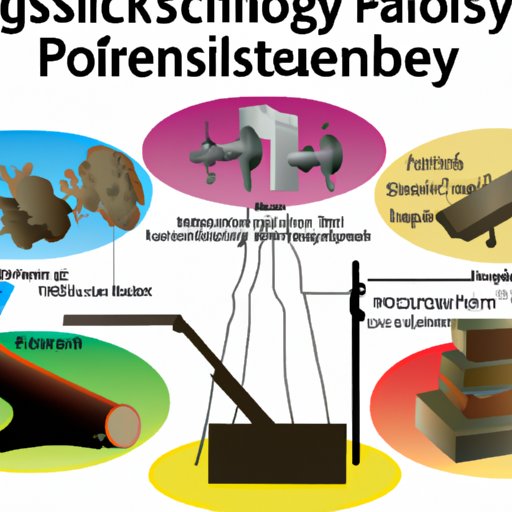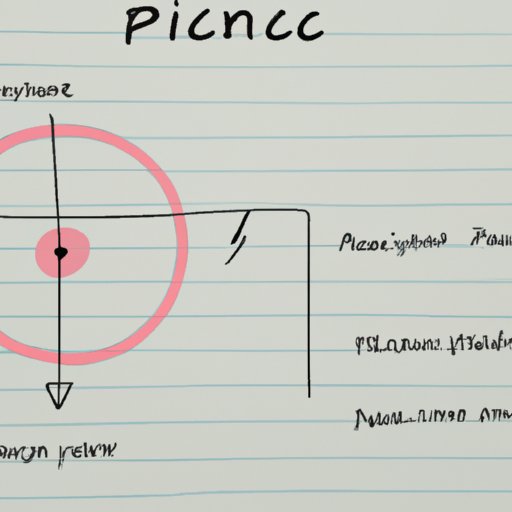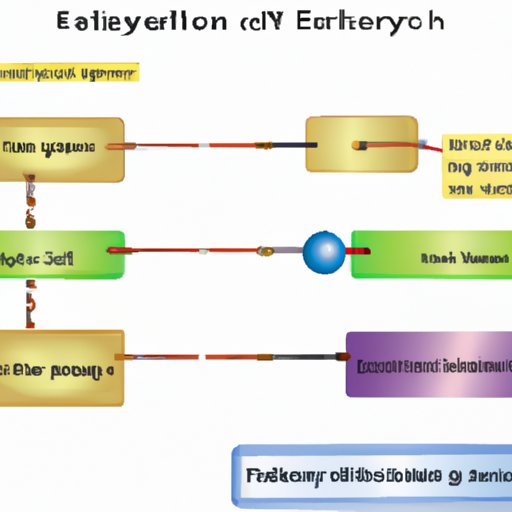Introduction
Physical science is a branch of science that studies matter, energy, and their interactions. It encompasses a wide range of topics, including astronomy, physics, chemistry, and geology, among others. Physical science is an interdisciplinary field, drawing on concepts and methods from multiple scientific disciplines. As such, it has many real-world applications, from everyday life to industrial and commercial settings.
Definition of Physical Science
According to the National Science Teachers Association, physical science is “the study of the structure and behavior of the physical universe, from the smallest subatomic particles to the largest galaxies.” This definition encompasses all of the different branches of physical science, which are discussed in more detail below.
Overview of the Branches of Physical Science
The branches of physical science include astronomy, physics, chemistry, and geology. Astronomy is the study of the universe, including the stars, planets, and other celestial bodies. Physics is the study of matter, energy, and their interactions. Chemistry is the study of the composition, structure, and properties of matter. And geology is the study of the Earth’s structure and history.

History and Development of Physical Science
Physical science has a long history, with its earliest roots dating back to ancient Greece. Early philosophers such as Aristotle and Plato laid the foundations for physical science by developing theories about the nature of the universe and its components. Over the centuries, these theories were refined and expanded upon by scientists such as Galileo and Newton, leading to the emergence of modern physical science.

Modern Advancements in Physical Science
In recent years, advances in technology have allowed physical scientists to make numerous discoveries and develop new theories. For example, the Large Hadron Collider (LHC) at CERN has enabled physicists to explore the fundamental building blocks of matter, while the Hubble Space Telescope has provided astronomers with unprecedented insights into the universe. These advancements have helped to further our understanding of physical science and its various branches.
Applications of Physical Science
Physical science has many applications in both everyday life and industrial and commercial settings. In everyday life, physical science is used to explain natural phenomena such as the tides, the seasons, and weather patterns. It is also used to understand and explain the behavior of materials such as metals, plastics, and ceramics. In industrial and commercial settings, physical science is used to design and develop products, from medical devices to consumer electronics.
Mathematics in Physical Science
Mathematics plays a key role in physical science. Mathematical models are used to describe and predict the behavior of physical systems, from the motion of planets to the flow of gases. Complex mathematical equations are used to solve problems in physics, chemistry, and other branches of physical science. In addition, mathematics is used to analyze data collected from experiments and observations.

Physics and Chemistry in Physical Science
Physics and chemistry are two of the most important fields of physical science. They are closely related, and often intersect in physical science research. For example, the study of materials requires an understanding of both physics and chemistry, as the properties of materials depend on both the chemical composition and the physical structure. Similarly, the study of energy involves both physics and chemistry, as energy can be converted between different forms.
Conclusion
Physical science is an interdisciplinary field of study that encompasses a wide range of topics, from astronomy to geology. It has a long history, stretching back to ancient Greece, and has seen numerous advances in recent years due to advances in technology. Physical science has many applications in everyday life, as well as industrial and commercial settings. Mathematics is a key component of physical science, and physics and chemistry often intersect in physical science research.
In conclusion, physical science is an important and ever-evolving field of study, with far-reaching implications for both everyday life and industry. Its varied branches, applications, and the roles of mathematics, physics, and chemistry make it an intriguing and fascinating field of study.
(Note: Is this article not meeting your expectations? Do you have knowledge or insights to share? Unlock new opportunities and expand your reach by joining our authors team. Click Registration to join us and share your expertise with our readers.)
